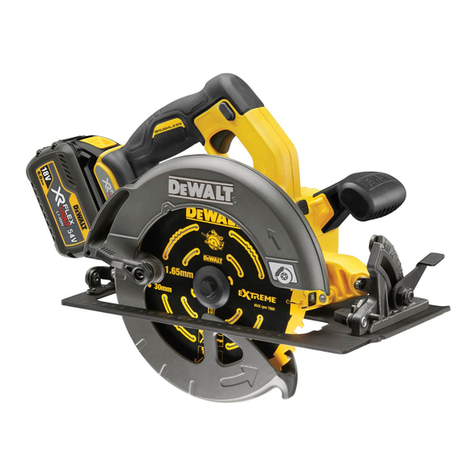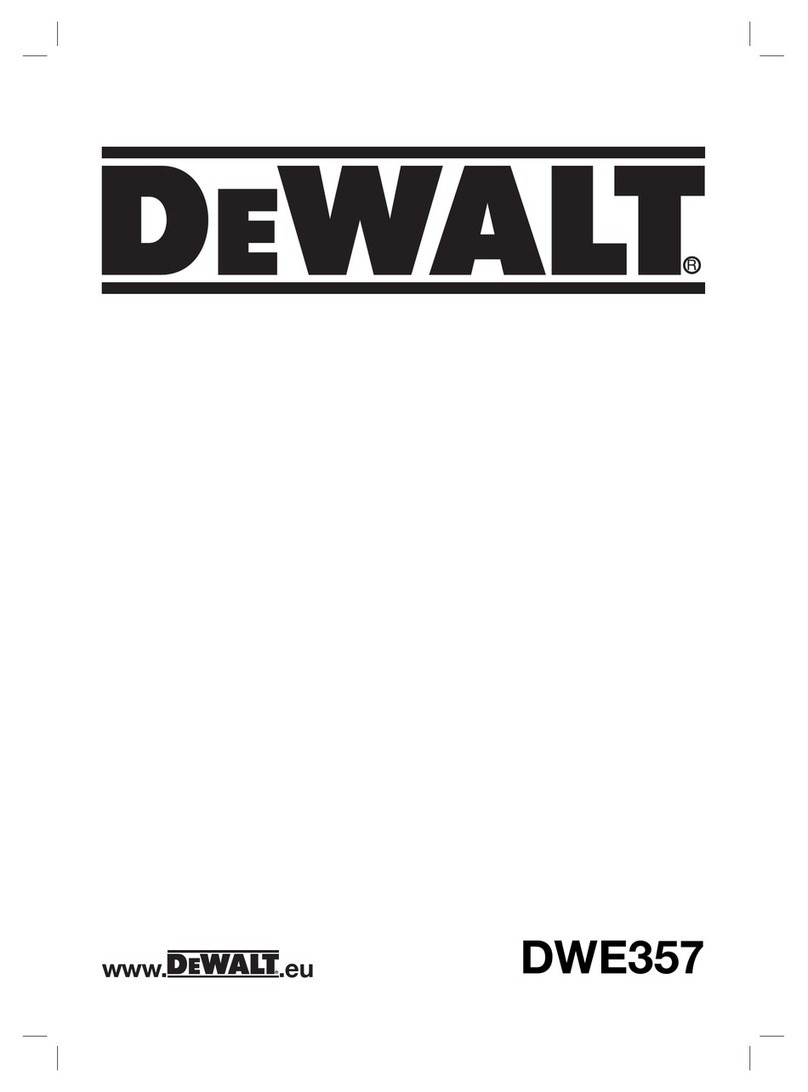DeWalt DW743N User manual
Other DeWalt Saw manuals

DeWalt
DeWalt DCS391 User manual

DeWalt
DeWalt dc352 User manual
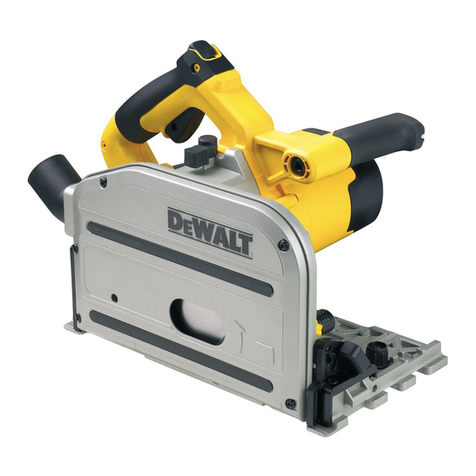
DeWalt
DeWalt DWS520 User manual

DeWalt
DeWalt DWM120 User manual
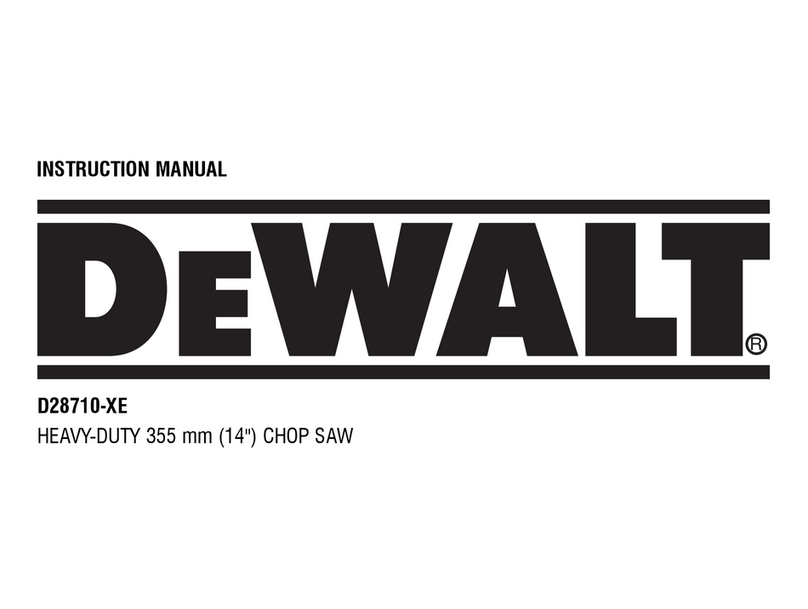
DeWalt
DeWalt D28710-XE User manual
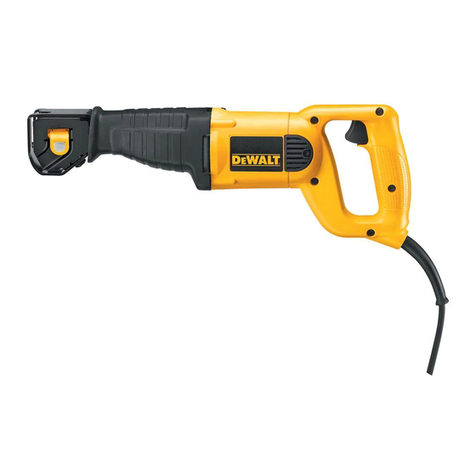
DeWalt
DeWalt DW304 User manual
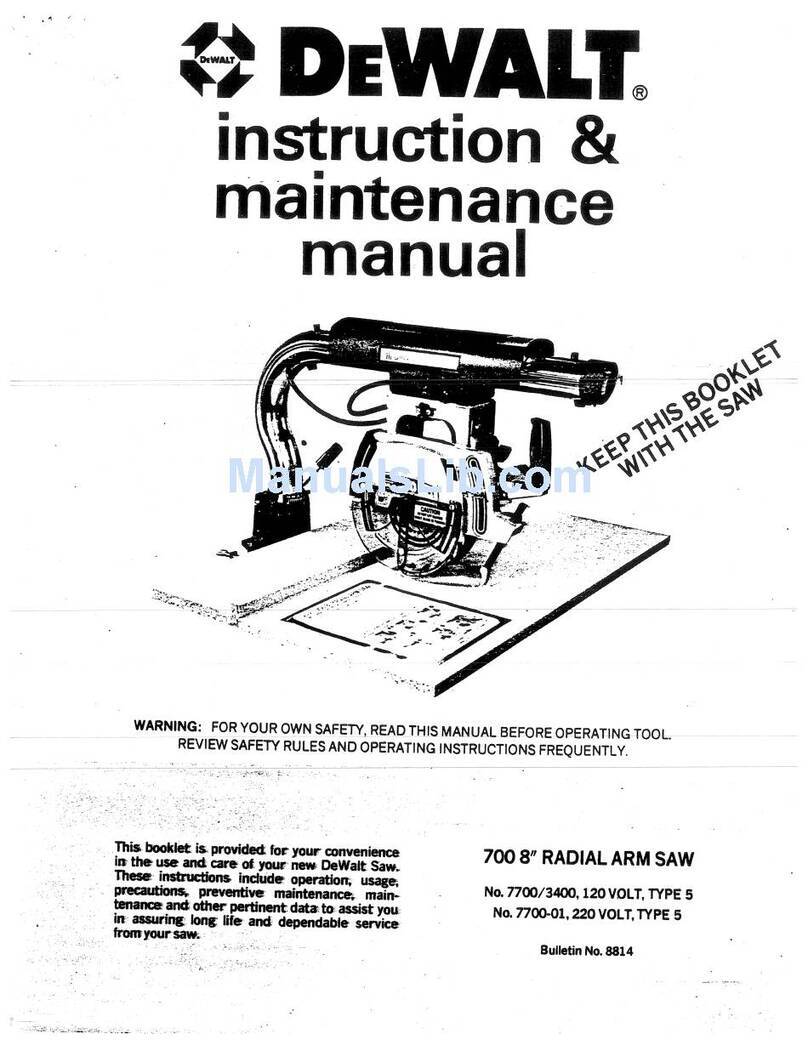
DeWalt
DeWalt 3400 Instructions for use
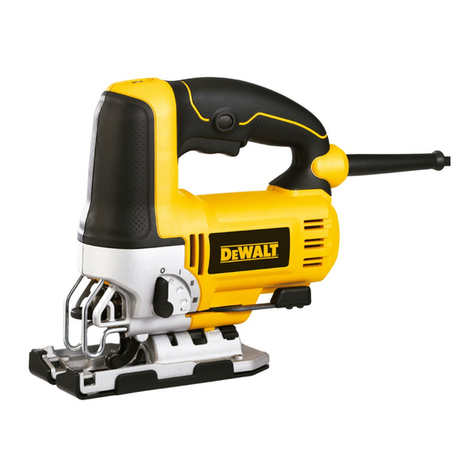
DeWalt
DeWalt DW349R Series User manual

DeWalt
DeWalt DC385 User manual

DeWalt
DeWalt DW746 User manual

DeWalt
DeWalt DCS391 User manual
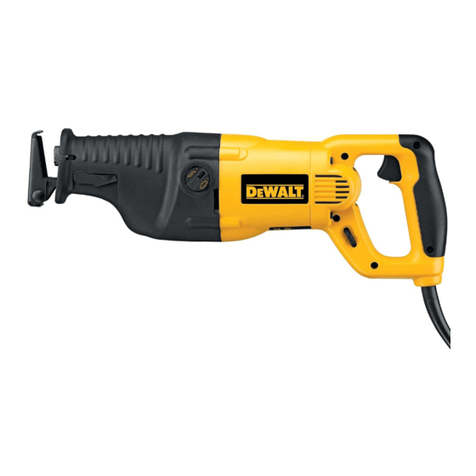
DeWalt
DeWalt DW311 User manual
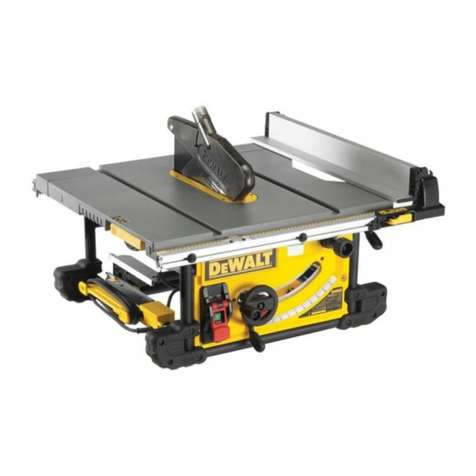
DeWalt
DeWalt DWE7491 User manual

DeWalt
DeWalt DW310 User manual
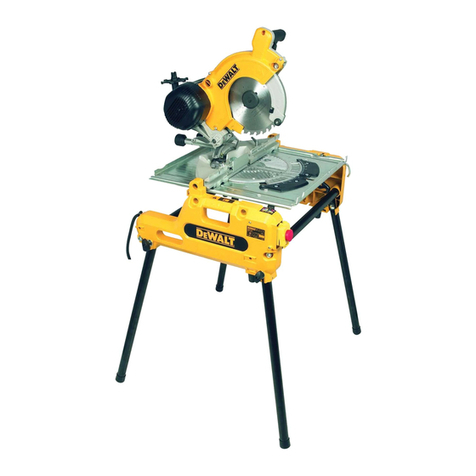
DeWalt
DeWalt DW743N User manual
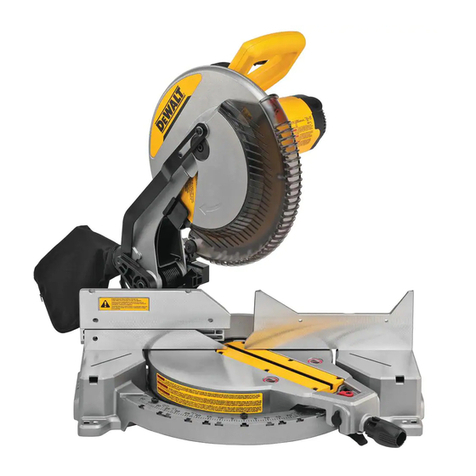
DeWalt
DeWalt DW715 User manual

DeWalt
DeWalt DWS520 User manual

DeWalt
DeWalt D28730 Series User manual
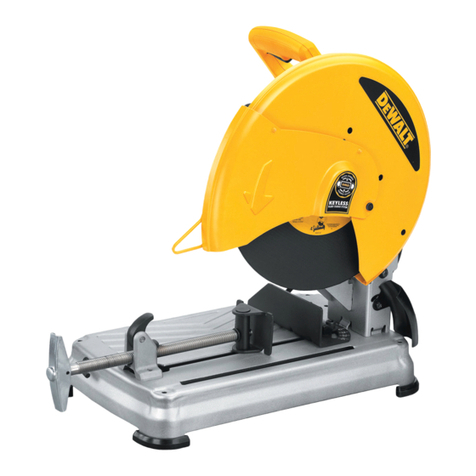
DeWalt
DeWalt D28715 User manual

DeWalt
DeWalt DWS771 User manual

